-
 bitcoin
bitcoin $114320.977035 USD
-0.40% -
 ethereum
ethereum $4152.439985 USD
-1.75% -
 tether
tether $1.000111 USD
-0.04% -
 xrp
xrp $2.843037 USD
-1.63% -
 bnb
bnb $1013.349380 USD
-1.62% -
 solana
solana $208.362767 USD
-2.10% -
 usd-coin
usd-coin $0.999783 USD
0.00% -
 dogecoin
dogecoin $0.232559 USD
-1.00% -
 tron
tron $0.333491 USD
-1.09% -
 cardano
cardano $0.806310 USD
0.19% -
 hyperliquid
hyperliquid $45.023720 USD
-1.59% -
 ethena-usde
ethena-usde $1.000819 USD
-0.06% -
 chainlink
chainlink $21.241249 USD
-2.11% -
 avalanche
avalanche $30.035416 USD
-0.66% -
 stellar
stellar $0.364984 USD
-2.05%
How do I set up a reduction-only mode for Ethereum contracts?
Reduction-only mode on Ethereum-based derivatives platforms ensures users can only close or reduce positions, not open new ones, enhancing risk control during volatile markets.
Sep 29, 2025 at 08:54 am
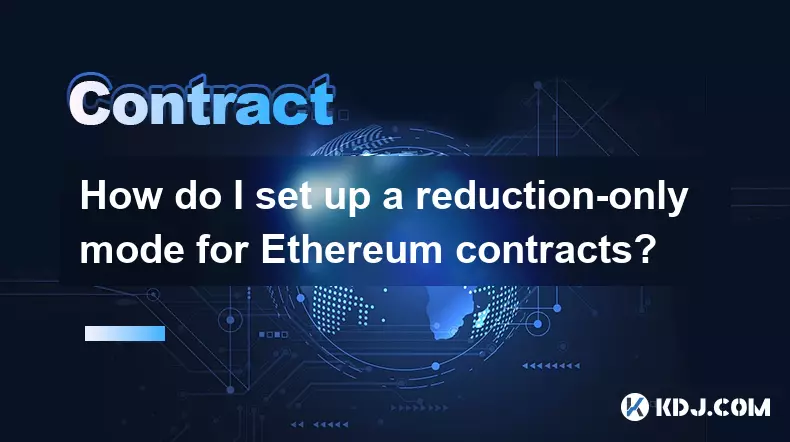
Setting up a reduction-only mode for Ethereum contracts involves configuring trading parameters on exchanges rather than altering the smart contract itself. This mode ensures that users can only reduce existing positions and cannot open new ones, which is particularly useful in volatile markets or during risk management protocols.
Understanding Reduction-Only Mode
1. Reduction-only mode is a feature offered by centralized and some decentralized derivatives exchanges, not an on-chain function of Ethereum smart contracts.
- It applies to perpetual futures or leveraged trading positions, limiting actions to closing or decreasing current holdings.
- The mode prevents accidental long or short entries when traders intend only to exit parts of their exposure.
- It is enforced at the exchange’s order matching engine level, using account-level flags tied to specific trading pairs.
- Ethereum contracts powering these platforms may include modifiers to respect such flags, but the logic resides off-chain in most cases.
Implementation via Exchange Interfaces
1. Log into your exchange platform supporting futures trading (e.g., Binance, Bybit, OKX).
- Navigate to the position settings for the Ethereum-based perpetual contract you are trading.
- Locate the “Reduce Only” toggle and enable it—this marks all subsequent orders as reduction-only.
- When enabled, limit and market orders will execute only if they decrease the size of your current position.
- Orders that would increase exposure or open a reverse position are rejected automatically by the system.
Smart Contract Considerations
1. If building a custom derivatives protocol on Ethereum, you can implement a similar mechanism through state variables in Solidity.
- Introduce a boolean flag per user or position that restricts function calls to those reducing debt or collateral.
- Use modifiers like onlyReducingPosition() to gate functions such as increasing leverage or opening opposing trades.
- Ensure event emissions log changes so front-ends can reflect the reduction-only status accurately.
- Pair this with price oracle checks to prevent manipulation during forced unwinds under this mode.
Frequently Asked Questions
What happens if I place a buy order while reduction-only is active on a short position?The order will be rejected if it increases the short size or opens a long. However, a buy order that partially closes a short (i.e., reduces liability) will go through.
Is reduction-only mode available on decentralized exchanges?Some DeFi protocols with built-in perpetuals, like dYdX (v3) or Kwenta, offer similar functionality through their UI and smart contract guards, though terminology may differ.
Can bots bypass reduction-only settings?On compliant platforms, API-driven orders honor the same rules as manual trades. As long as the exchange enforces the constraint server-side, automated strategies cannot circumvent it.
Disclaimer:info@kdj.com
The information provided is not trading advice. kdj.com does not assume any responsibility for any investments made based on the information provided in this article. Cryptocurrencies are highly volatile and it is highly recommended that you invest with caution after thorough research!
If you believe that the content used on this website infringes your copyright, please contact us immediately (info@kdj.com) and we will delete it promptly.
- BlockDAG, DOGE, HYPE Sponsorship: Crypto Trends Shaping 2025
- 2025-10-01 00:25:13
- Deutsche Börse and Circle: A StableCoin Adoption Powerhouse in Europe
- 2025-10-01 00:25:13
- BlockDAG's Presale Buzz: Is It the Crypto to Watch in October 2025?
- 2025-10-01 00:30:13
- Bitcoin, Crypto, and IQ: When Genius Meets Digital Gold?
- 2025-10-01 00:30:13
- Stablecoins, American Innovation, and Wallet Tokens: The Next Frontier
- 2025-10-01 00:35:12
- NBU, Coins, and Crypto in Ukraine: A New Yorker's Take
- 2025-10-01 00:45:14
Related knowledge
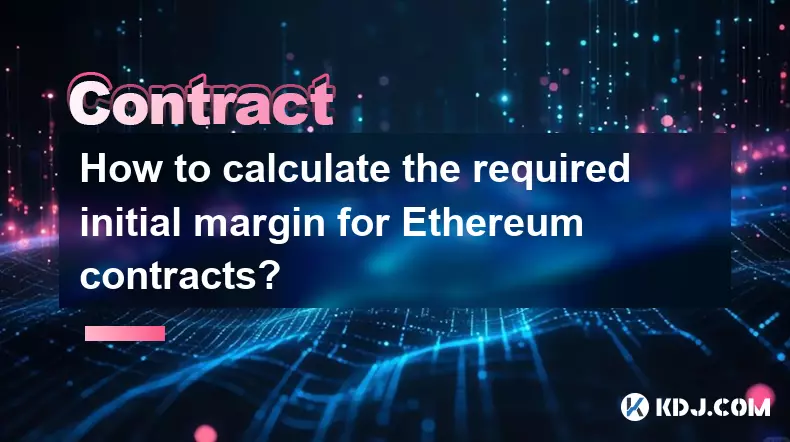
How to calculate the required initial margin for Ethereum contracts?
Oct 01,2025 at 06:01am
Understanding Initial Margin in Ethereum Futures1. The initial margin for Ethereum futures contracts represents the minimum amount of capital a trader...
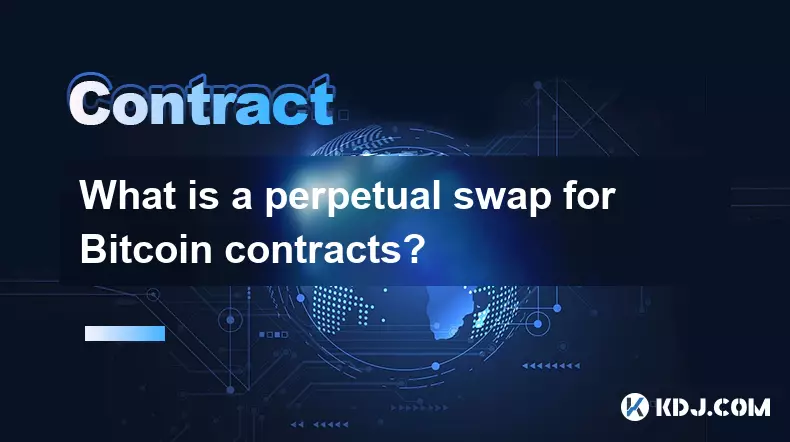
What is a perpetual swap for Bitcoin contracts?
Oct 01,2025 at 08:18am
Understanding Perpetual Swaps in Bitcoin Trading1. A perpetual swap is a type of derivative contract that allows traders to speculate on the price of ...

What is the best platform for trading SOL contracts?
Oct 01,2025 at 06:36am
Understanding the Role of Decentralized Exchanges in Modern Crypto Trading1. Decentralized exchanges (DEXs) have reshaped how traders interact with di...
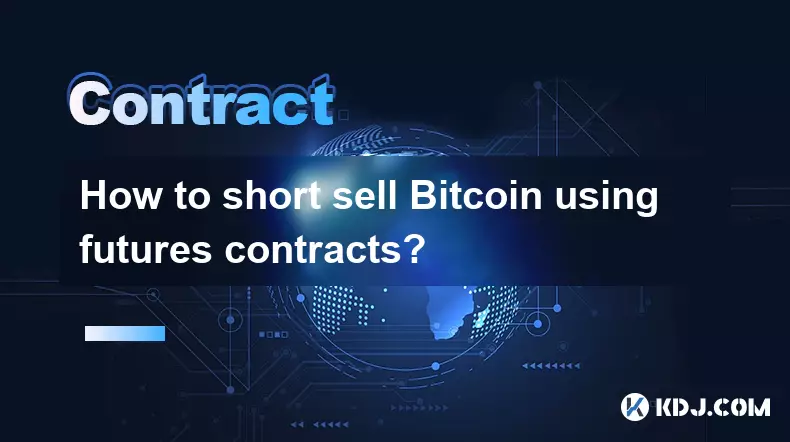
How to short sell Bitcoin using futures contracts?
Oct 01,2025 at 02:54am
Understanding the Role of Decentralized Exchanges in Crypto Trading1. Decentralized exchanges (DEXs) have become a cornerstone of the cryptocurrency e...
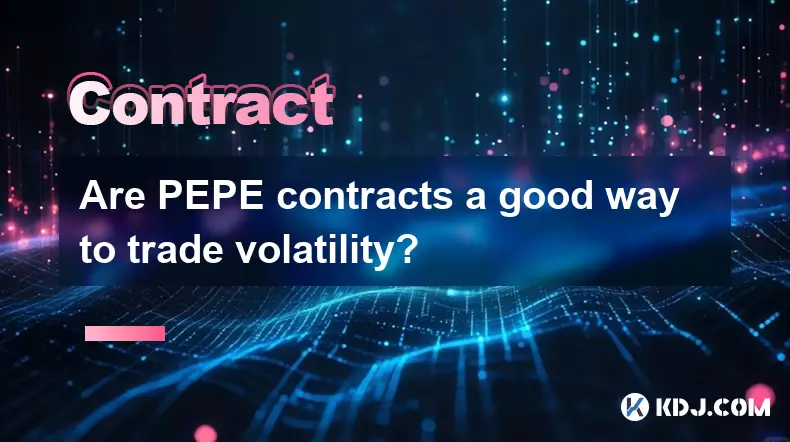
Are PEPE contracts a good way to trade volatility?
Oct 01,2025 at 04:18am
Understanding PEPE Contracts in the Cryptocurrency Market1. PEPE contracts, derived from the broader meme coin movement, have gained attention due to ...
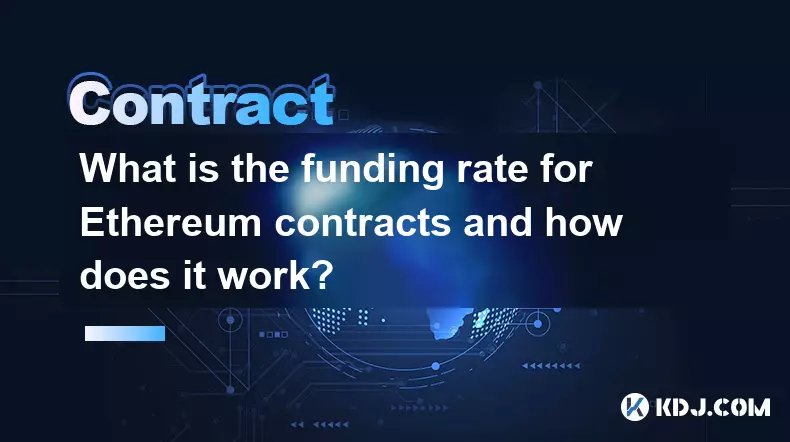
What is the funding rate for Ethereum contracts and how does it work?
Oct 01,2025 at 10:54am
Funding Rate Mechanism in Ethereum Derivatives1. The funding rate is a periodic payment exchanged between long and short positions in perpetual future...

How to calculate the required initial margin for Ethereum contracts?
Oct 01,2025 at 06:01am
Understanding Initial Margin in Ethereum Futures1. The initial margin for Ethereum futures contracts represents the minimum amount of capital a trader...

What is a perpetual swap for Bitcoin contracts?
Oct 01,2025 at 08:18am
Understanding Perpetual Swaps in Bitcoin Trading1. A perpetual swap is a type of derivative contract that allows traders to speculate on the price of ...

What is the best platform for trading SOL contracts?
Oct 01,2025 at 06:36am
Understanding the Role of Decentralized Exchanges in Modern Crypto Trading1. Decentralized exchanges (DEXs) have reshaped how traders interact with di...

How to short sell Bitcoin using futures contracts?
Oct 01,2025 at 02:54am
Understanding the Role of Decentralized Exchanges in Crypto Trading1. Decentralized exchanges (DEXs) have become a cornerstone of the cryptocurrency e...

Are PEPE contracts a good way to trade volatility?
Oct 01,2025 at 04:18am
Understanding PEPE Contracts in the Cryptocurrency Market1. PEPE contracts, derived from the broader meme coin movement, have gained attention due to ...

What is the funding rate for Ethereum contracts and how does it work?
Oct 01,2025 at 10:54am
Funding Rate Mechanism in Ethereum Derivatives1. The funding rate is a periodic payment exchanged between long and short positions in perpetual future...
See all articles










































































